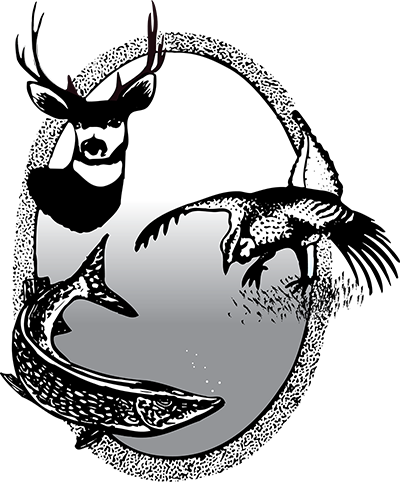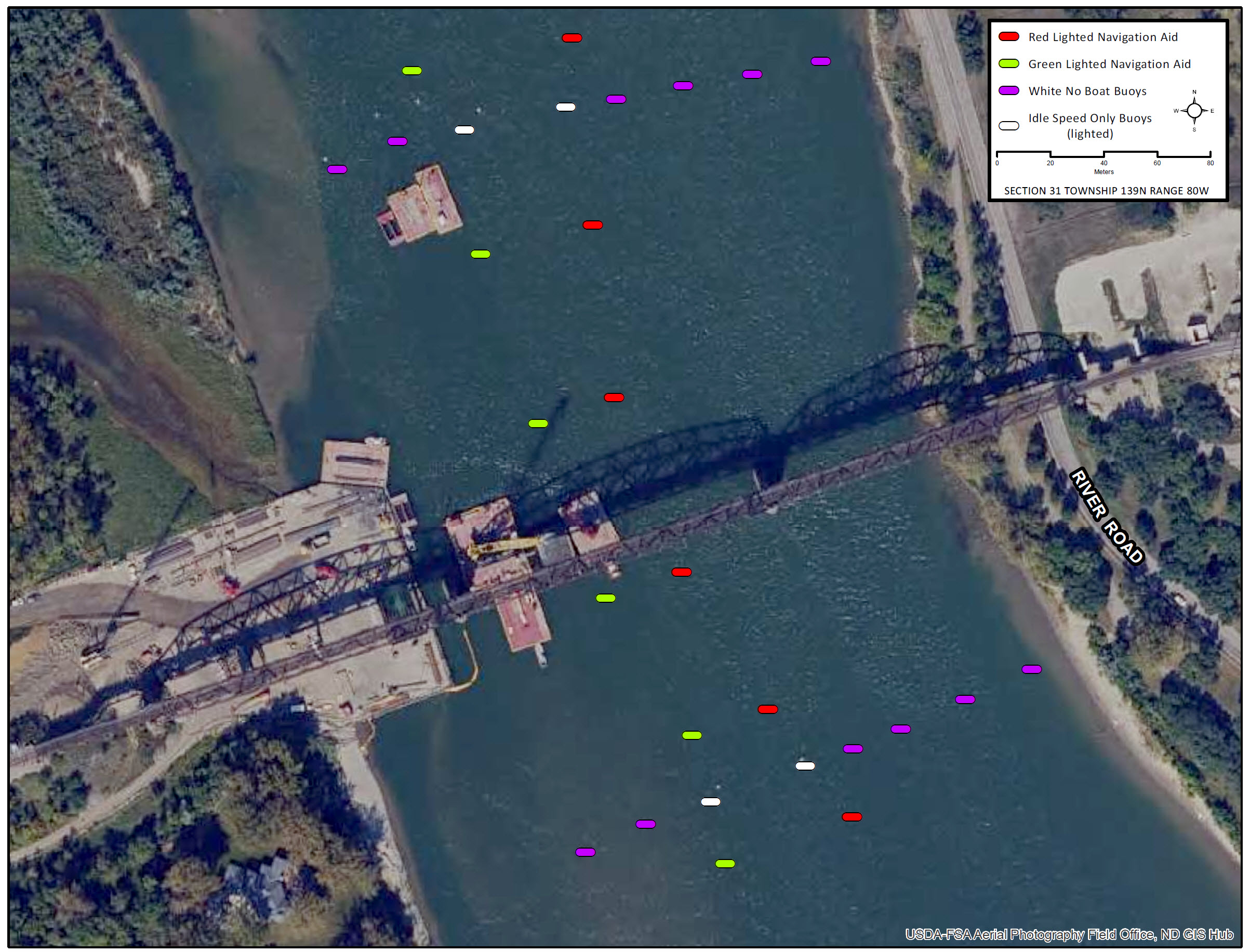Deer Season Set, Apply Online
North Dakota’s 2025 deer season is set, with 42,300 licenses available to hunters, down 7,800 from last year.
In addition, muzzleloader licenses decreased by 150 and restricted youth antlered mule deer licenses remained the same.
Casey Anderson, North Dakota Game and Fish Department wildlife division chief, said population, harvest and survey data indicate the state’s deer population is stable to decreasing throughout the state.
“The state’s deer population continues to recover from the 2021 EHD outbreak and the severe winter of 2022-23, which limited population growth despite reduced gun licenses during 2023 and 2024 hunting seasons,” Anderson said. “Modest license allocations are intended to maintain hunting opportunities while encouraging population growth in the state.”
High-quality deer habitat is not abundant, which has limited the potential for population recovery. If CRP contracts continue to expire, Anderson said 85% of the once 3.4 million acres present in 2007 will be lost by 2026.
The spring mule deer survey showed western North Dakota’s population is 14% lower than last year despite a reduced harvest and consecutive mild winters.
North Dakota’s 2025 deer gun season opens Nov. 7 at noon and continues through Nov. 23.
Applicants for regular deer gun, gratis, youth and muzzleloader can apply online through the Game and Fish Department’s website at gf.nd.gov. The deadline for applying is midnight June 4.
Those who didn’t apply last year will lose accrued points by not applying or purchasing a point this year.
State law allows residents age 11, 12 and 13 to obtain any antlerless licenses, except in units 3B1, 3B2 and 4A through 4F where mule deer doe licenses are restricted.
Total deer licenses are determined by harvest rates, aerial surveys, depredation reports, hunter observations, input at advisory board meetings, and comments from the public, landowners and department field staff.

 North Dakota Game and Fish Department
North Dakota Game and Fish Department